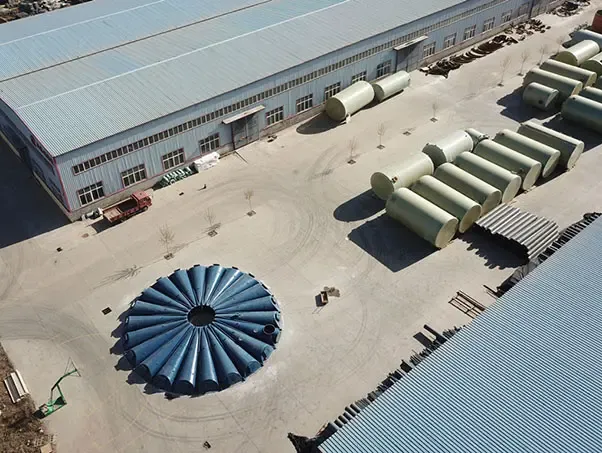
-
 Afrikaans
Afrikaans -
 Albanian
Albanian -
 Amharic
Amharic -
 Arabic
Arabic -
 Armenian
Armenian -
 Azerbaijani
Azerbaijani -
 Basque
Basque -
 Belarusian
Belarusian -
 Bengali
Bengali -
 Bosnian
Bosnian -
 Bulgarian
Bulgarian -
 Catalan
Catalan -
 Cebuano
Cebuano -
 China
China -
 China (Taiwan)
China (Taiwan) -
 Corsican
Corsican -
 Croatian
Croatian -
 Czech
Czech -
 Danish
Danish -
 Dutch
Dutch -
 English
English -
 Esperanto
Esperanto -
 Estonian
Estonian -
 Finnish
Finnish -
 French
French -
 Frisian
Frisian -
 Galician
Galician -
 Georgian
Georgian -
 German
German -
 Greek
Greek -
 Gujarati
Gujarati -
 Haitian Creole
Haitian Creole -
 hausa
hausa -
 hawaiian
hawaiian -
 Hebrew
Hebrew -
 Hindi
Hindi -
 Miao
Miao -
 Hungarian
Hungarian -
 Icelandic
Icelandic -
 igbo
igbo -
 Indonesian
Indonesian -
 irish
irish -
 Italian
Italian -
 Japanese
Japanese -
 Javanese
Javanese -
 Kannada
Kannada -
 kazakh
kazakh -
 Khmer
Khmer -
 Rwandese
Rwandese -
 Korean
Korean -
 Kurdish
Kurdish -
 Kyrgyz
Kyrgyz -
 Lao
Lao -
 Latin
Latin -
 Latvian
Latvian -
 Lithuanian
Lithuanian -
 Luxembourgish
Luxembourgish -
 Macedonian
Macedonian -
 Malgashi
Malgashi -
 Malay
Malay -
 Malayalam
Malayalam -
 Maltese
Maltese -
 Maori
Maori -
 Marathi
Marathi -
 Mongolian
Mongolian -
 Myanmar
Myanmar -
 Nepali
Nepali -
 Norwegian
Norwegian -
 Norwegian
Norwegian -
 Occitan
Occitan -
 Pashto
Pashto -
 Persian
Persian -
 Polish
Polish -
 Portuguese
Portuguese -
 Punjabi
Punjabi -
 Romanian
Romanian -
 Russian
Russian -
 Samoan
Samoan -
 Scottish Gaelic
Scottish Gaelic -
 Serbian
Serbian -
 Sesotho
Sesotho -
 Shona
Shona -
 Sindhi
Sindhi -
 Sinhala
Sinhala -
 Slovak
Slovak -
 Slovenian
Slovenian -
 Somali
Somali -
 Spanish
Spanish -
 Sundanese
Sundanese -
 Swahili
Swahili -
 Swedish
Swedish -
 Tagalog
Tagalog -
 Tajik
Tajik -
 Tamil
Tamil -
 Tatar
Tatar -
 Telugu
Telugu -
 Thai
Thai -
 Turkish
Turkish -
 Turkmen
Turkmen -
 Ukrainian
Ukrainian -
 Urdu
Urdu -
 Uighur
Uighur -
 Uzbek
Uzbek -
 Vietnamese
Vietnamese -
 Welsh
Welsh -
 Bantu
Bantu -
 Yiddish
Yiddish -
 Yoruba
Yoruba -
 Zulu
Zulu
rectangular tank with dimensions for grp calculation.
Understanding GRP Calculation for Rectangular Tanks
When it comes to the design and construction of storage solutions, especially in industrial and commercial sectors, rectangular tanks made from Glass Reinforced Plastic (GRP) are often favored due to their durability, corrosion resistance, and lightweight properties. The calculation of the dimensions and volume of these tanks is crucial for effective storage management and optimal utilization of space.
What is GRP?
Glass Reinforced Plastic (GRP), also known as fiberglass, is a composite material that combines glass fibers with a resin matrix. This amalgamation results in a robust yet lightweight material that is impervious to various environmental factors. Consequently, GRP tanks are an ideal choice for storing chemicals, water, and other liquids.
Dimensions of Rectangular Tanks
Rectangular tanks are characterized by their length, width, and height. These dimensions directly affect the tank's volume and capacity. Let's say we have a rectangular tank with the following dimensions length (L), width (W), and height (H). The volume (V) of the tank can be calculated using the formula
\[ V = L \times W \times H \]
This straightforward calculation allows engineers and designers to determine how much liquid the tank can hold, which is essential for ensuring that it meets the required specifications for various applications.
Importance of Accurate Calculations
Accurate GRP calculations are vital for several reasons. First, they ensure that the tank is capable of holding the intended volume of liquid without leakage or overflow. Second, they help in determining the structural integrity of the tank. If a tank is designed to hold a larger volume than it can safely withstand, it may become a risk for failure, leading to hazardous spills or structural collapse.
rectangular tank with dimensions for grp calculation.

Additionally, knowing the dimensions and volume helps in the planning of installation and transportation
. With accurate measurements, logistical challenges can be minimized, and the installation process can be streamlined.Considerations in GRP Tank Design
When designing a rectangular GRP tank, several factors must be considered
1. Material Thickness The thickness of the GRP material will influence both the tank’s strength and weight. Engineers must ensure that the material is thick enough to handle internal pressure and external forces, such as wind and seismic activity.
2. Reinforcement Depending on the size and capacity of the tank, extra reinforcement might be needed to enhance durability. This could include the use of additional glass fibers and resins at critical points.
3. Temperature and Chemical Resistance The selected materials must be suitable for the type of liquid being stored, especially if it is a corrosive substance.
4. Access and Maintenance The design should also allow for easy access for maintenance and cleaning. This may include the incorporation of manholes or access ports.
Conclusion
In summary, the calculations of dimensions and volume for GRP rectangular tanks are essential in ensuring safety, efficiency, and reliability in liquid storage. By understanding these fundamental principles and considerations, industry professionals can make informed decisions that enhance the performance and longevity of GRP tanks. Thus, proper planning and execution in the design phase can lead to successful, hazard-free operations in various applications.









